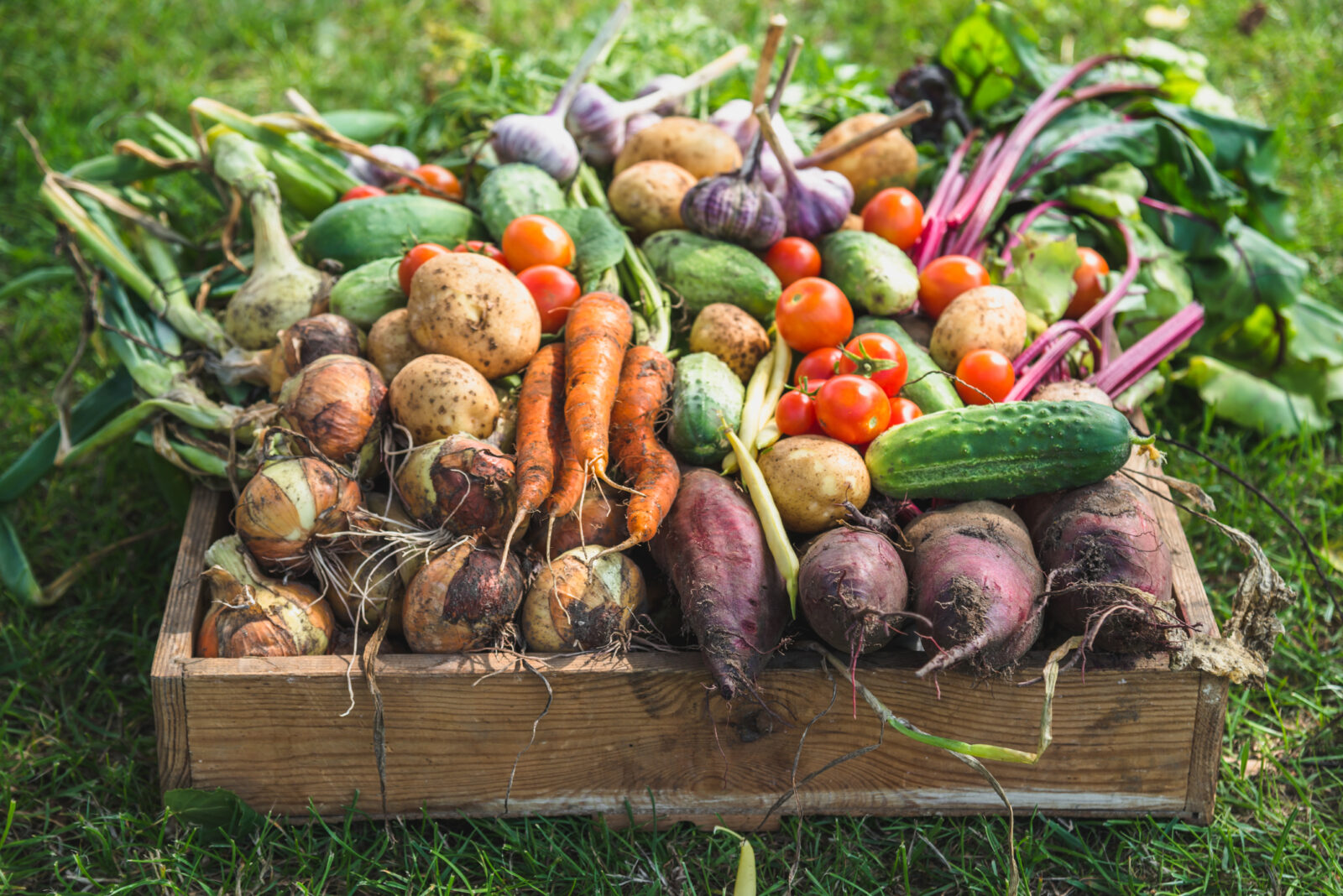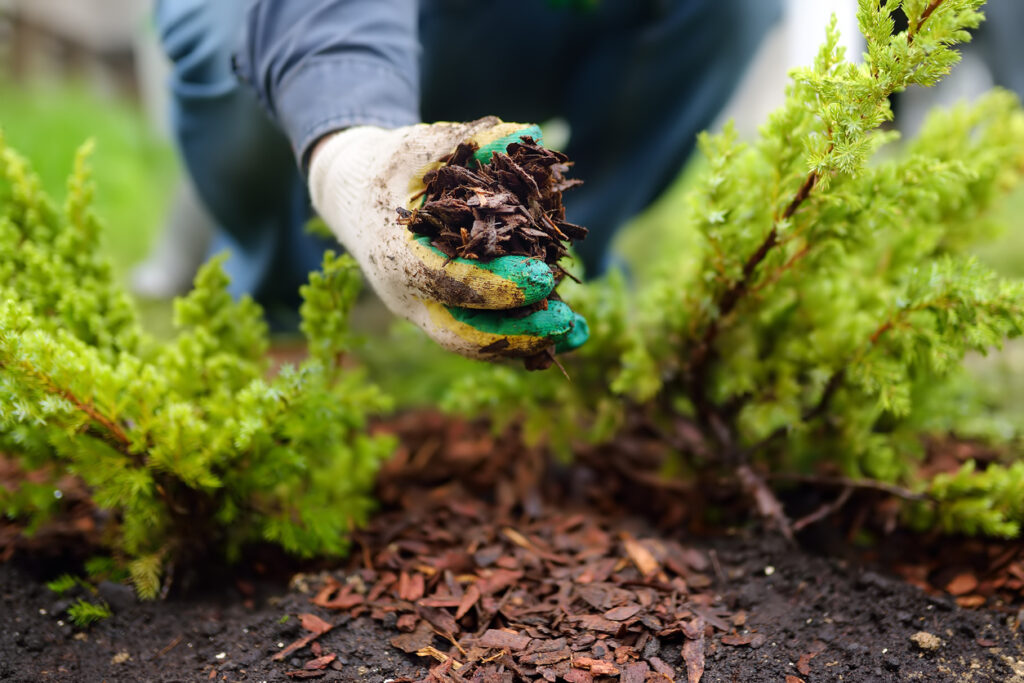Late Summer, Early Fall Are Perfect For Planting!
 August 16, 2022
August 16, 2022The middle of August can be a tough time for gardeners. On one hand, the challenges of weeding and watering seem to be at their peak. On the other, there’s a growing dread that it won’t be long before the green season gives way to gray skies, falling leaves, and frosty temps.
But take heart! You don’t need to give up on the garden just yet. There’s still time to grow a few fall vegetables; plant or re-seed a lawn; give perennials and bulbs a head-start for spring; add some mulch; and even install a rain barrel to conserve water during the dry August heat.
Fall Vegetables
According to the Penn State Extension, “A cool-season vegetable needs the cooler temperatures to germinate and set seed. … Common cool-season vegetables include Asian greens, asparagus, beets, broccoli, Brussels sprouts, chives, cabbage, carrots, cauliflower, Swiss chard, kale, leek, lettuce, onion, parsnips, peas, radishes, spinach, and turnips.”
As a bonus, the Extension says some vegetables even get sweeter after a frost, including “carrots, turnips, rutabagas, and beets … brussels sprouts, broccoli, and kale, and most leafy greens.” (Note: “Leafy greens” here refers to ‘cole’ crops: veggies that grow best between 60 and 68 degrees.)
Check the Penn State Extension web site for the best dates to plant your fall veggies, which generally range from Aug. 15 to Sep. 30th. Although we’re past the official last planting dates for a few of them, chances are you can still get a harvest if you get them in the ground soon.
Consider a Cover Crop
Farmers know that “cover crops”—grains or legumes planted in the off-season —will improve the soil in fields used for warm-season crops.
Cover crops help keep soil from eroding, replace and retain some essential soil nutrients, and add organic material to the soil in spring, when they get turned over.
According to the Extension, alfalfa, crimson clover and hairy vetch “fix” nitrogen in the soil, which means they convert the nitrogen into a food usable by plants. Barley, oats, winter rye, and winter wheat add organic material and improve soil structure.
The Extension advises fall planting of cover crops “between the last of your warm season vegetables to give them a head start before the weather cools.”
Trees, Shrubs, Perennials

Now is a great time to plan out landscape plants and flower beds for next year and beyond.
If you get trees, shrubs, and perennials like salvia, coreopsis, dianthus, phlox, sedum, and many others in the ground now, late summer/ early fall planting will give them plenty of time to set root before they go dormant in the cold weather. Come spring, they’ll perk up and have a head start on the growing season.
Bulbs such as tulips, hyacinths, narcissus, crocuses and iris will provide spring and summer color if you plant them now.
Be sure to apply organic fertilizer, a layer of mulch, and continue to water well to ensure they get the best start possible.
Fall Planting For Lawns
According to the Penn State Extension, most of our Pennsylvania lawns are made up of “cool season” grasses, “including Kentucky bluegrass (Poa pratensis), perennial ryegrass (Loliam perenne), and fine fescues (Festuca spp.)”
That makes late summer and early fall the perfect times to plant a new lawn, or reseed/patch an existing one. Proper watering is critical for both germination and success—which is why the cooler months are easier on tender green shoots.